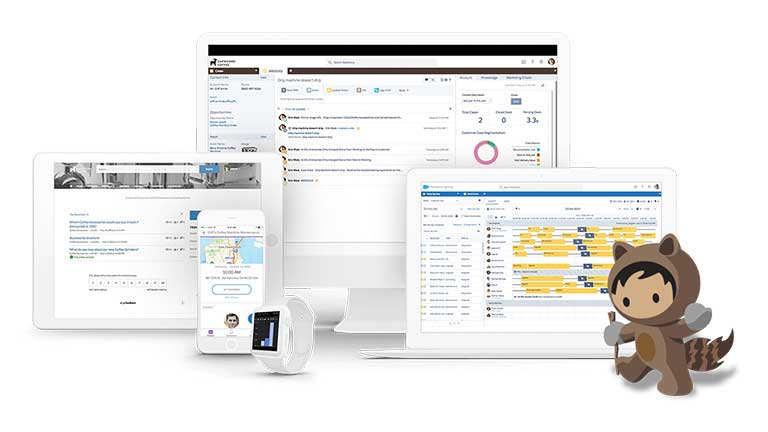dark social metrics
Shining a Light on Dark Social Metrics: What You Need To Know

By Amanda DiSilvestro
Social media metrics, whether you get them from the platforms themselves or from third-party software, don't tell the entire story. They can't. While statistics such as reach, number of followers, retweets, and replies are important, they don't tell you everything you need to know for your business and within your industry.; If you are up to date in the digital marketing world, you are likely somewhat familiar with dark social metrics and dark social iterations. This article will help you learn more about dark social, how to track it so you have a better idea of how your audience is sharing your content, and how you can more effectively reach your audience.
What is Dark Social?
Dark social is any social media traffic that is not attributable to a known source. It is lumped in with your direct traffic metrics. Dark traffic can come from multiple sources, such as:
Native mobile social apps, such as Facebook's app on a user's iPad.
Email.
Secure browsing (HTTPS).
URLs copied and pasted into messaging apps, such as in Facebook Messenger or in texts.
This method of sharing happens a lot, especially when people share links in messaging apps. For example, when you want to share a new product from a furniture website with your housemate, you send him a message with a link to the product, and he clicks through to the site. For that furniture store, when the search engine optimization (SEO) team analyzes the website's metrics, his click onto their site is from unknown referral traffic. They can't determine which messaging service was used to share the link. This can make it especially hard to measure a specific campaign's success or develop a marketing strategy.

How Does Google Analytics Characterize This Traffic?
Traffic Attribution Errors

The Most Important Tip for Looking at Dark Social Traffic: Use Google Analytics
Google Analytics, the metrics stalwart, is a key piece in the digital marketing puzzle, and it is no less important with dark traffic. By using well-defined advanced segmentation to review your dark traffic, you can understand this traffic much more clearly.
Unfortunately, these segments are not already in place in the Google Analytics platform: You have to set them up. Eugen Oprea has a thorough guide that covers how to analyze social media traffic with analytics on Social Media Examiner. To take this analysis a step further and filter out your dark social traffic'and be able to distinguish it as its own unique referral traffic'you need to create an advanced segment in Google Analytics.
For this, create a 'New Segment' of traffic, which you would do with any other defined group you want to analyze. You can do this by clicking on the '+NEW SEGMENT' button. Once you click, the screen will give you options to define your demographics.
Here you can define all of the specifics of the segment that you want to analyze. You can create multiple filters to target the dark traffic you want to look at on your site. It can be tricky to get it right, and you may need to test and monitor your results, but you have a few good options for splitting up the segmentation.
Exclude Sessions. You want to exclude some sessions. To do this, go to Behavior List, Landing Page, Exactly Matches, and in the text area type 'I.' This excludes visitors whose destination was the landing page as your home page.
Include Sessions. You also need to include some sessions in order to get to the route of referral traffic that comes in through these channels. Go to Acquisition list, Source, Containing, and in the text area type 'direct.' This allows sessions that are considered 'direct traffic' by Google to be included.

Once you save this segment, you will be able to view metrics that give a good indication of your dark social traffic. There is no guarantee that all of this traffic can be classified as dark social visitors; however, this method can help you get a sense of how content sharing is driving your traffic and new visitors.
Digital marketers and analytics researchers hope that in the future there will be additional, more comprehensive ways to look at this traffic on Google Analytics. For now, this is one of the best ways to get a sense of what dark traffic looks like on your website.
You can also use other tools, in addition to Google Analytics, to track dark social traffic. Analytical insights, in any way or form, can help you, as a business owner or marketing professional, understand your traffic. And while additional tools and ways of extracting this traffic may be in the works, for now your digital marketing team needs to be proactive in setting up analysis.
The 'So-What' of Dark Social Traffic
Once you set up your segments in Google Analytics (and get additional tools to aid you in viewing traffic from dark sources) you may not be sure what to do with the information you get from these analytics platforms. Dark social traffic data can help you understand how your content is being shared. Taking that information and looking at how dark social affects your marketing efforts and sales can be critical in devising and revising your social media marketing plan.
If your dark traffic performs better than other traffic, such as pay-per-click advertising on search engines (PPC) or other referral traffic, then it may be time to spend less time and money on those areas and more on content curation that can be shared more in dark channels. Your ultimate goal with the numbers and analysis that comes out of dark social metrics is driving conversion and awareness of your brand.


